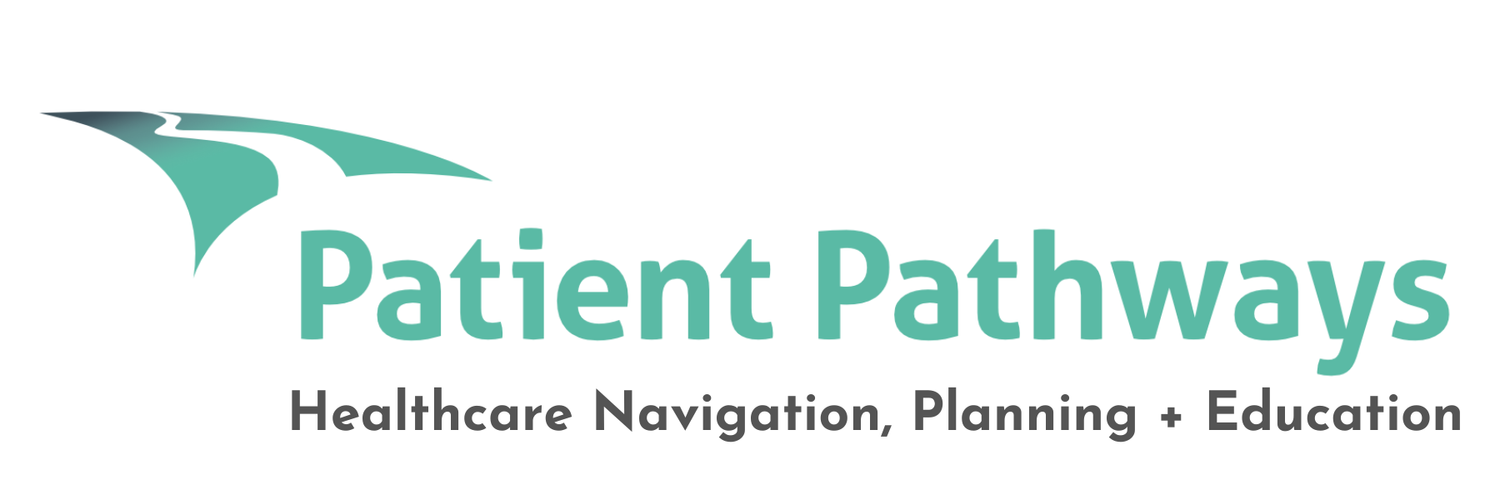Understanding the Expected Death in the Home Form
If you want to die at home - or you might die at home …
The Expected Death in the Home form is a physician-written and signed form that can save families a tremendous amount of stress and allow the deceased adult’s remains to stay at home for viewing and ceremony or go directly to the chosen funeral home.
If you wish to plan for an expected natural death, or MAiD death at home, with the EDitH form in place, the death does not need to be ‘pronounced’; the funeral home can pick up the body; and most importantly, paramedics, police and the coroner will not have to attend, which is required under law for an unexpected or suspicious death.
If you wish to plan for an expected natural death or MAiD death at home:
In the case of an expected ‘natural’ death, the community palliative care team will likely be involved and will help the patient and family with this process.
In the case of a “MAiD” death, the Provider and the MAiD Coordinators will help the patient and family with this process.
If you are having a MAiD death, your MAiD provider is responsible for ensuring these documents are in place.
You will need to have:
A signed No CPR order
Expected Death in the Home (EDitH) form: signed and current (within 3 months).
These are medical orders, so your primary care practitioner will provide them. The physician has several responsibilities by signing this form, including detailed instructions for the family.
The completed form is sent to the selected funeral home before the death.
With the EDitH form in place:
Death does not need to be ‘pronounced’. It is the responsibility of the family to contact the funeral director.
Medical Certificate of Death must be certified by the signing or designated physician within 48 hours.
The funeral director will complete the registration of death form and burial permit.
Your body can stay at home for up to 72 hours if you wish for home ceremony and viewing.
Most importantly, paramedics, police and the coroner will not have to attend, which is required under law for an unexpected or suspicious death.
Read more in the Joint Protocol for Expected Death/Planned home Deaths in British Columbia.


